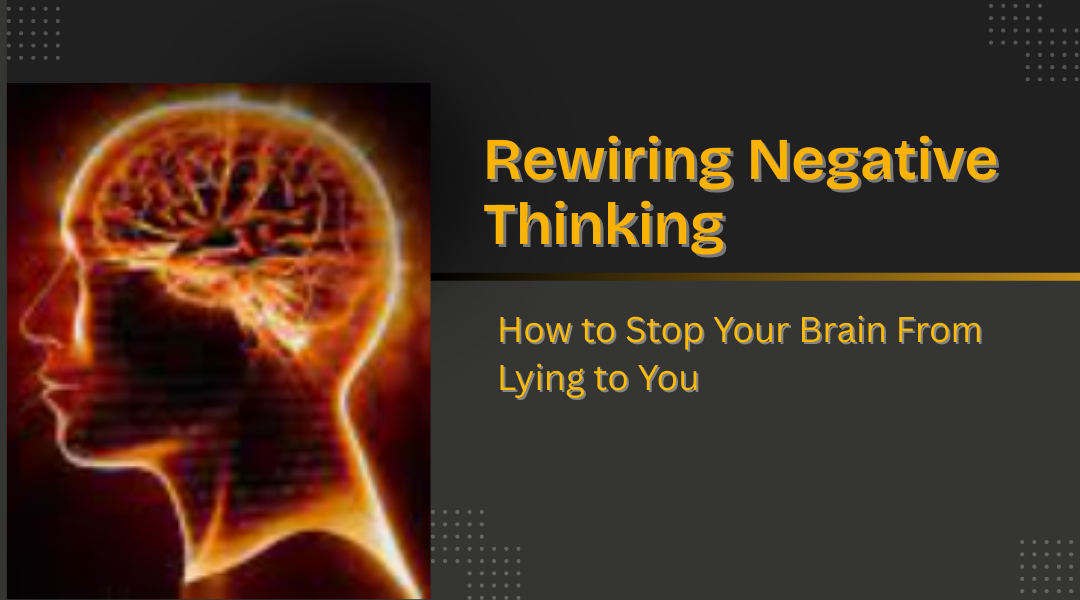We’ve all been there—that moment when one small mistake sends your brain into a tailspin of “I’m a failure” or “Everything’s ruined.” But here’s the truth: your anxious mind is a dramatic storyteller, not a fact-checker. Let me show you how to become the editor of those unhelpful mental narratives.
Step 1: Catch the Mental Gremlins in Action
Your brain loves to serve up instant, exaggerated reactions before you can even think straight.
Example from my friend Jake:
After his boss said “Let’s revisit this design,” his brain immediately screamed: “She hates my work—I’m getting fired!”
How to spot yours:
- Notice physical cues (sudden stomach drop, clenched jaw)
- Listen for absolute words: always, never, disaster, failure
- Ask: “Would I say this to my best friend?”
Step 2: Play Detective with Your Thoughts
Time to investigate whether your brain’s “facts” hold up in court.
Take Jake’s case:
- Evidence FOR “I’m getting fired”:
- One piece of critical feedback this month
- Evidence AGAINST it:
- Received a raise 3 months ago
- Just led a successful client presentation
- Boss regularly assigns important projects
- Reality check:
“Bosses give feedback—it’s their job. Last week she praised my creative approach.”
Step 3: Rewrite the Script (Without the Drama)
Now, craft a version that’s actually true.
Original: “I’m terrible at presentations.”
After fact-checking: “I get nervous but have delivered 12 presentations this year—clients keep coming back.”
Real-life win:
My coworker Priya bombed a sales pitch and thought “I should quit.” After reframing:
“That was my first pitch post-maternity leave. I’ll review the recording, practice more, and nail the next one.”
She closed two deals the following month.
Common Thought Traps (And How to Escape Them)
- All-or-Nothing Thinking:
- Trap: “If I’m not perfect, I’m a failure.”
- Fix: “Progress beats perfection. My last 3 projects were strong—this is one rough draft.”
- Mind Reading:
- Trap: “They think I’m incompetent.”
- Fix: “I have no evidence of this. Maybe they’re distracted by their own workload.”
- Should Statements:
- Trap: “I should have this figured out by now.”
- Fix: “I’m learning, just like everyone else was at this stage.”
Why This Works
Neuroscience shows that consistently challenging negative thoughts literally rewires your brain. One client, a teacher named Mark, tracked his thoughts for a month:
- Week 1: “Parents will complain about my teaching.”
- Week 4: “Most parents are supportive. I’ll address concerns as they come.”
His anxiety levels dropped measurably—without his circumstances changing.
Try This Today
Next time your inner critic pipes up:
- Pause and write the thought down
- List 3 pieces of evidence against it
- Craft a truer version
Remember: You’re not trying to be blindly positive—just accurate. Most of our suffering comes from believing our brain’s instant horror stories rather than waiting for the facts.
The goal isn’t to never have negative thoughts again (impossible), but to stop letting them run the show. After all—would you trust a weather forecaster who predicted thunderstorms every single day? Your anxious mind is equally unreliable. Time to start checking the forecast.
